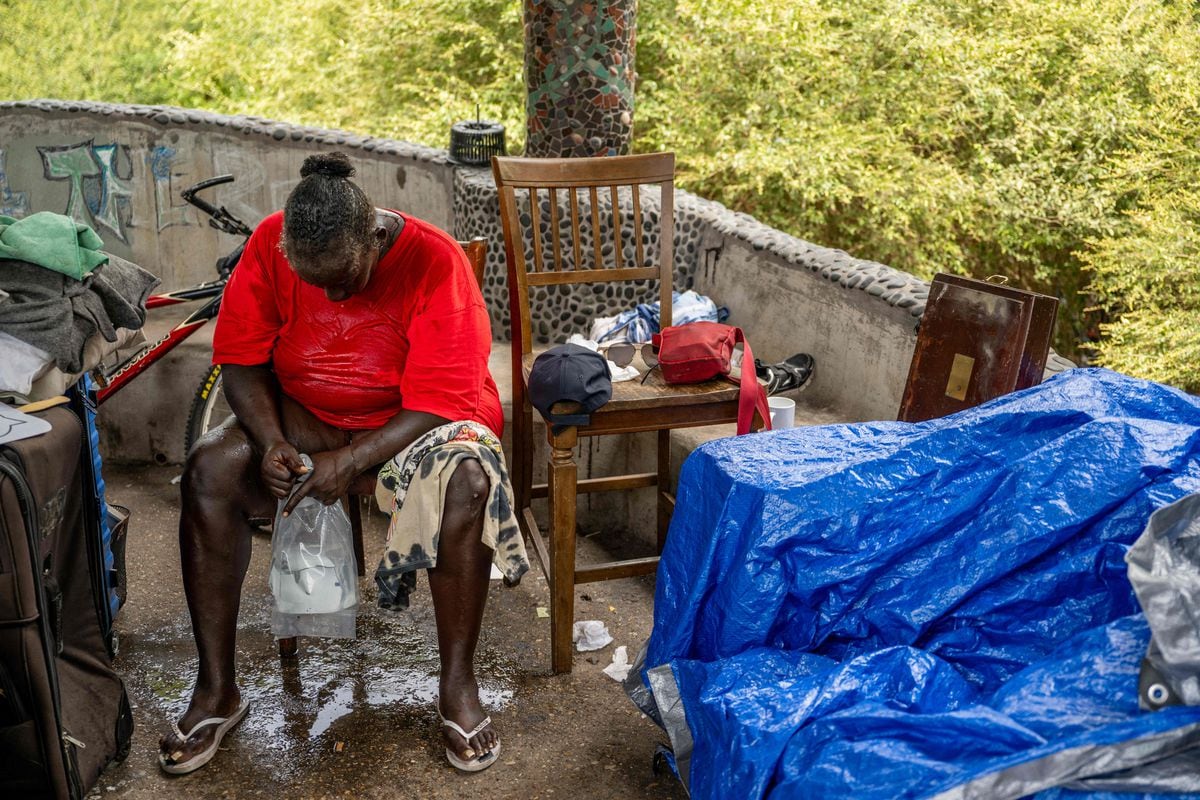Heat Wave Sweeps Across Western United States, Putting Millions at Risk
The Western United States is currently being punished by a heat wave, with over a third of the country’s population, or approximately 113 million people, under high temperature alerts. This heat wave has been affecting towns in Texas, New Mexico, Arizona, and California for several weeks now, breaking two global records in the process. The scorching temperatures show no signs of abating, with a strip of over 3,200 kilometers stretching from Oregon to Louisiana experiencing extreme heat.
In Phoenix, temperatures have consistently exceeded 37 degrees Celsius since June 13, marking an unprecedented hot streak. The situation is projected to worsen, as meteorologists are forecasting highs of 47 degrees this coming weekend. The city may even break a 49-year record set in 1974, which saw 18 consecutive days with temperatures above 43 degrees Celsius. This is in stark contrast to March of this year, which experienced the coldest month in the region in three decades.
The rising temperatures have had deadly consequences, with at least 12 deaths linked to high temperatures in Phoenix so far in 2023. Coroners in Maricopa County are investigating an additional 55 deaths that may be related to the heat. Six of the victims were homeless, and one-third of them were over the age of 75.
While the number of heat-related deaths in Arizona is currently lower than last year, when there were already 17 deaths by this time, the alarming statistics have prompted authorities to take action. In Glendale, a suburb of Phoenix, three new shelters from the sun have been opened this year, offering relief to city residents, especially the homeless, during the hottest hours of the day with air conditioning. The city has also established around 200 cooling points, which provide water and shade to those in need. However, these cooling centers have faced criticism for closing between 4:00 p.m. and 7:00 p.m., leaving many without hydration during the night.
Heat-associated deaths are not limited to Arizona. Las Vegas, a popular tourist destination, has already attributed seven deaths to high temperatures since April 11. The federal government estimates that approximately 700 people die from heat-related causes in the United States each year. However, activists concerned about climate change argue that these numbers are conservative and suggest the real figure is closer to 1,300 deaths.
Now, California is bracing itself for the heat wave. After a rainy winter and cloudy spring, the state is finally experiencing the arrival of summer. The central and southern regions of California are expected to be the hardest hit, with maximum temperatures expected to reach 48.8 degrees Celsius in the desert area. This has led to modifications in plans, such as the cancellation of certain activities with horses at the State Fair near Sacramento due to the risk posed by high temperatures.
Los Angeles Mayor Karen Bass has labeled extreme heat as the city’s top climate threat. A study conducted by UCLA University indicates that mortality rates increase between 8% and 30% during heat waves in the city. The high temperatures also contribute to an increase in forest fires and hospital admissions. Mayor Bass has announced the opening of four new cooling centers for the population, while also recommending the use of public libraries as shelters from the sun.
Governor Gavin Newsom has seized this climatic phenomenon as an opportunity to launch a campaign aimed at educating citizens about living with high temperatures. The governor has allocated $20 million to help communities plan for the increasingly frequent extreme weather events, locate cooling centers, and learn how to identify symptoms of heat stroke or dehydration. This latest heat wave serves as a reminder that extreme temperatures are becoming more common in a world affected by climate change.
Follow CLIMATE AND ENVIRONMENT on Facebook and Twitter or sign up for the weekly newsletter to stay informed on the latest news regarding climate and environmental issues.
